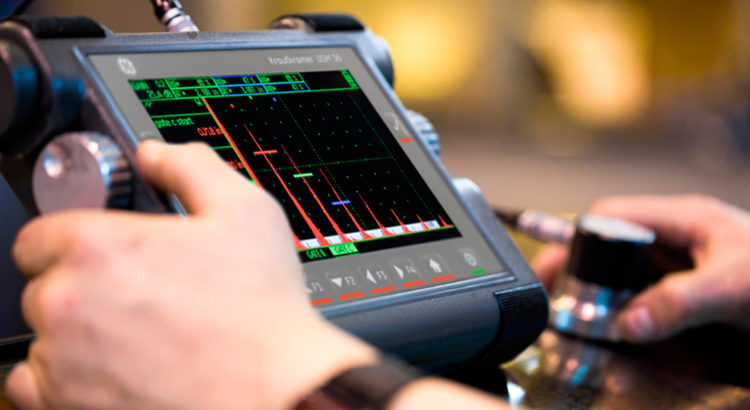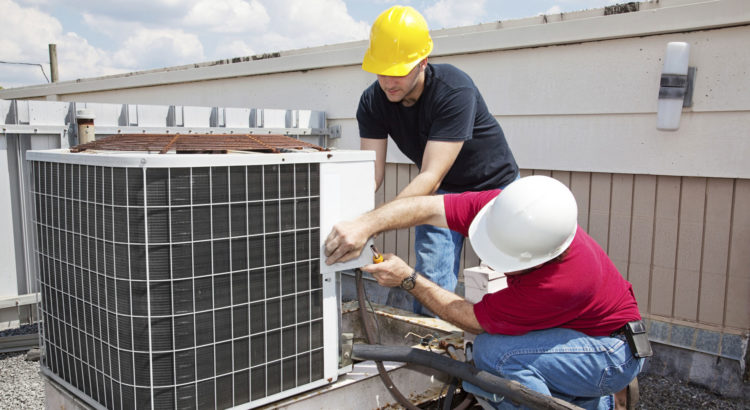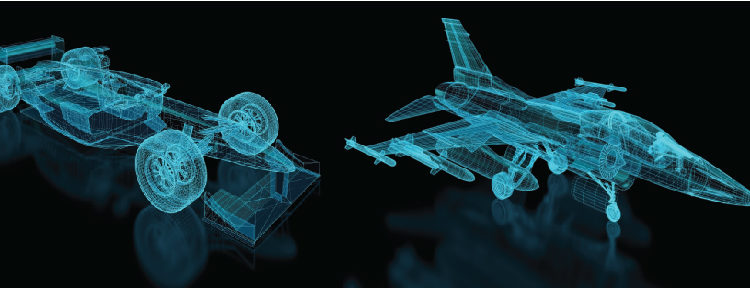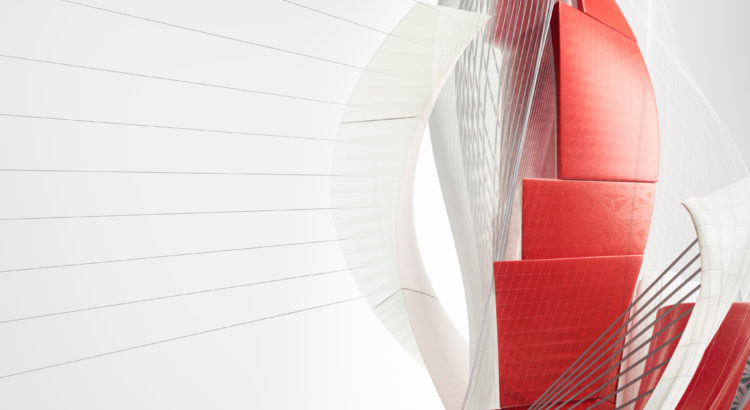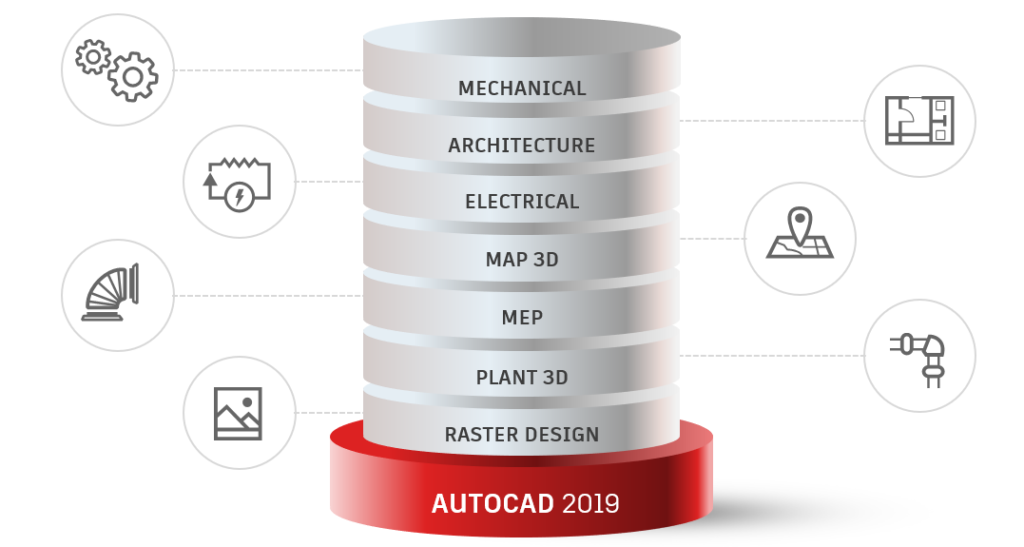Almost all the systems undergo a testing phase before they reach the end users. One of such testing methods is the Non Destructive Testing (NDT). It is the process of inspecting, testing, and evaluating the components and materials of a product or a system without destroying any of its parts. NDT is very beneficial to the manufacturing, fabrication and the construction industries. Some of the benefits include:
- Safety – The NDT determine if a system component is in need of repair. These tests are conducted in ways that maintains the highest level of safety for the tested product as well as the tester.
- Reliability – A wide variety of available options helps the tests to generate accurate results. The non-destructive tests conducted on a given piece of equipment or a part of the machinery helps to identify the areas of inaccuracy.
- Affordability – Out of all the maintenance tests done on the components and machinery, NDT’s are always the most affordable option than the destructive test.
Fortunately, there are several methods to carry out non-destructive testing. These methods may need special equipment or high degree of specialization. Some of them are:
- Visual inspection method that looks for issues in the surface such as looks, slags, craters, and cracks.
- Radiographic method that can detect microscopic internal flaws in the system structure.
- Liquid penetrant method to detect leakages in the product body.
- Ultrasonic method to identify both surface and sub-surface flaws.
Quality Assurance (QA) and Quality Control (QC) are two another components when it comes to testing a product or a system. While QA provides the overall guidelines used to ensure there are no defects in the product, QC is a process of reviewing the products to check whether the quality is maintained when it reaches the customer.
The NDT process provides a base to the QA and QC to decide whether a product is fit and meets all the quality and safety standards. Only after this, the product moves towards the later stage of processing.
